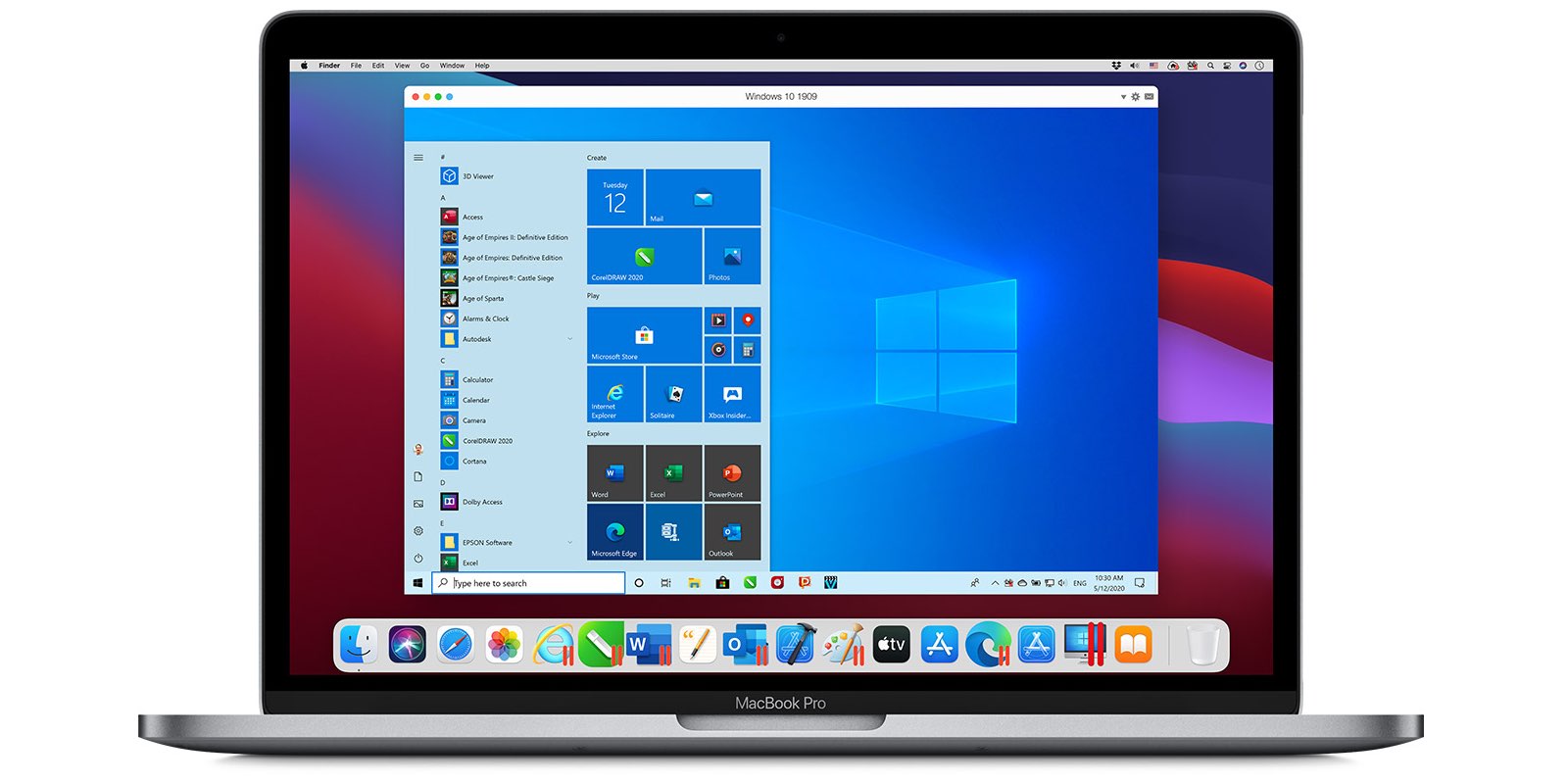Thanks to the new Parallels Desktop 17, macOS users can officially run Windows 11 on their Macs despite Apple not supporting Microsoft’s latest operating system via Boot Camp.
STORY HIGHLIGHTS:
- The new Parallels Desktop 17 is now available
- It lets you officially run Windows 11 alongside macOS
- The software supports both Intel and M1 Macs
- M1 Mac support is limited to Windows on ARM
- Parallels 17 supports Boot Camp installations, too

Parallels Desktop 17 brings Windows 11 to your Mac
The current situation with running the latest Windows 11 on Mac is a bit complicated.
While you can use Apple’s Boot Camp feature to create a dual-boot configuration with macOS and Windows, the new Windows 11 is currently unsupported. You can instead use virtualization software like Parallels to run Windows in its own window alongside macOS without rebooting.
This is perfect for those times when you need to quickly do something in Windows but don’t mind the slower performance that comes with running Windows alongside macOS.
→ Windows to Mac: getting used to new keys, names and locations
With the new Parallels Desktop 17, you can officially install and run the Windows 11 preview on your Mac, whether it be Intel-based or one of the latest Apple silicon-powered M1 models. On top of that, Parallels 17 also supports Apple’s latest macOS Monterey operating system.
So, what’s the catch then?
On M1 Macs, the new Parallels provides a virtualized Trusted Platform Model (TPM) compatibility to support Windows features like BitLocker and Secure Boot.
The problem with Windows on ARM
You must instead use Windows on ARM, which is a Microsoft project that uses x86 emulation to let Windows run on computers powered by ARM processors. This is not too dissimilar from Apple’s Rosetta emulation that kicks in upon opening an Intel-only app on an Apple silicon Mac. However, Windows on ARM is still in its infancy and there are a lot of issues with it.
As The Verge puts it, folks who are eager to run a virtualized version of Windows on their M1 Mac will “still have to deal with the same caveats that would come with running Windows on any other Arm machines.”
On a brighter note, Parallels 17 enables a 28 percent better DirectX 11 performance in Windows on ARM, as well as 25 percent faster 2D graphics and six times faster OpenGL performance. On M1 Macs, the new Parallels Alsop provides a virtualized Trusted Platform Model (TPM) compatibility to support Windows features like BitLocker and Secure Boot.
Pricing and availability
Parallels Desktop 17 can be purchased with a perpetual license for $100 a pop or you can opt for a subscription model that lets you use the app as long as you keep paying $80 per year. Various upgrade options for those coming from earlier editions of Parallels are also available.
For further information, visit parallels.com.